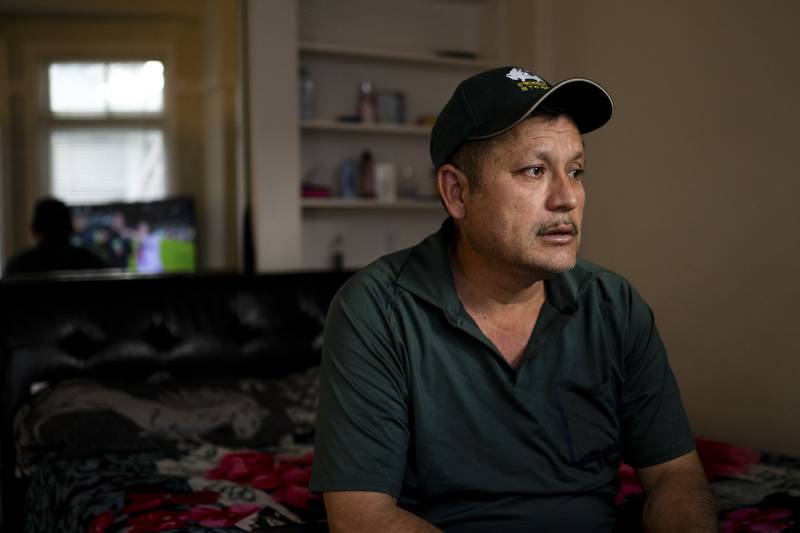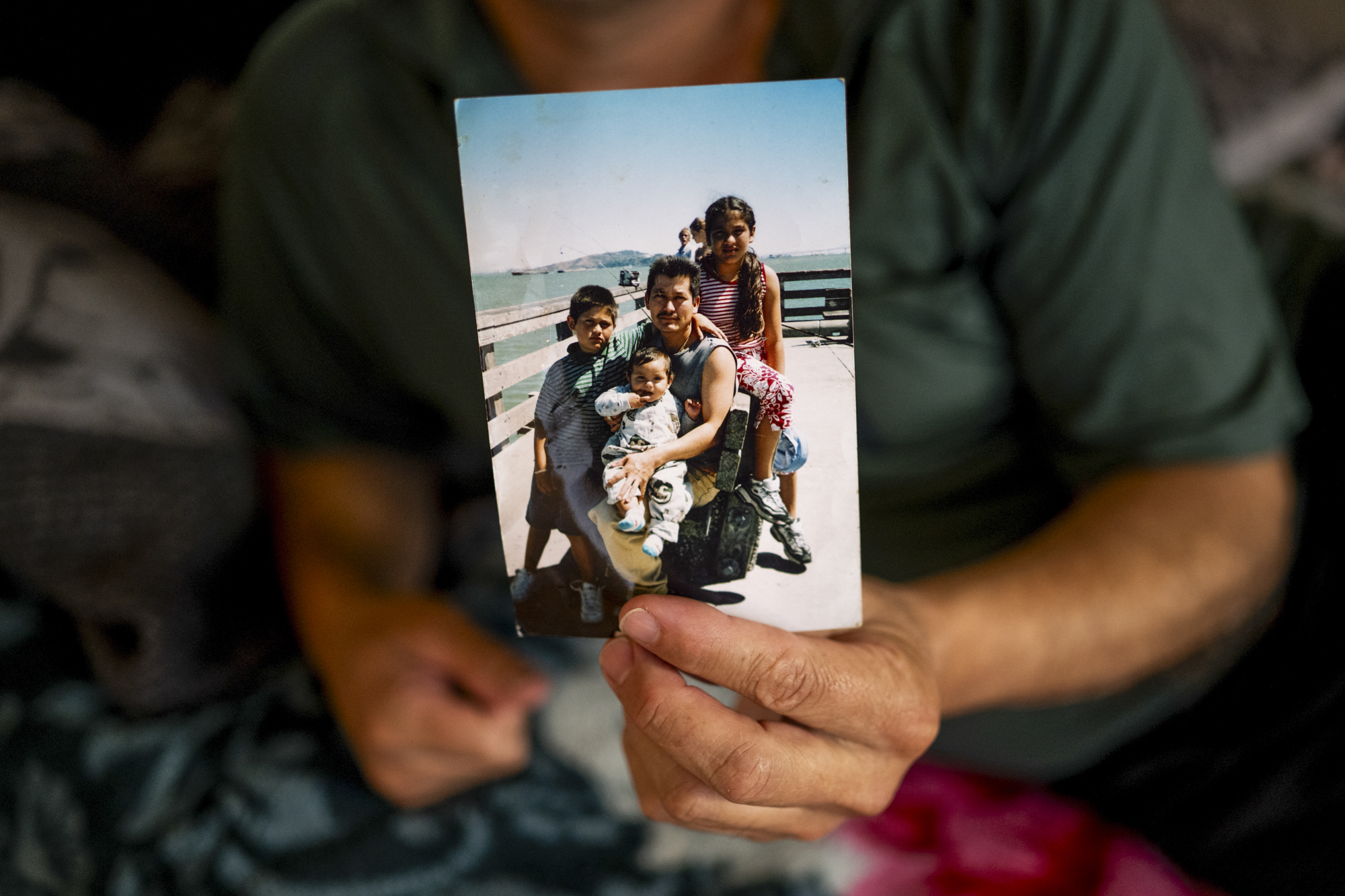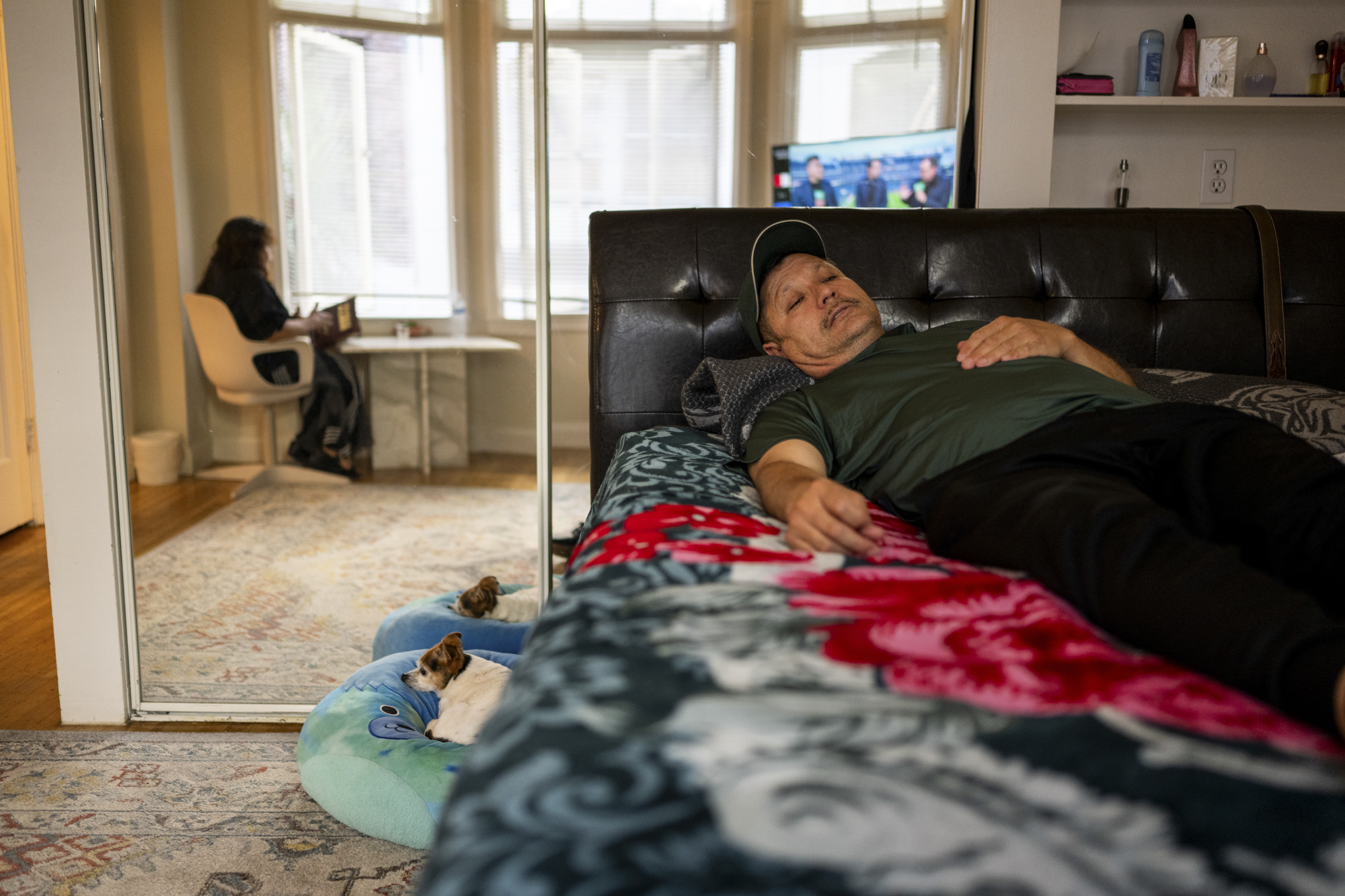Estrella Moreno said he first cut engineered stone slabs in 2007. But he said he didn’t know until his diagnosis about the risk of inhaling the fine dust clouds as he worked. He said he wore an N95 mask, but those are less efficient at filtering silica particles than other respirators.
Estrella Moreno blames the manufacturers and suppliers of engineered stone that he and his wife have sued for damages. Almost 60 fabrication workers with silicosis in California are also suing, according to James Nevin, an attorney for Estrella Moreno and other plaintiffs.
The lawsuits allege that the largest manufacturers — Caesarstone, Cosentino and Cambria, which is based in the U.S. — failed to adequately label and warn of the hazards of their products and didn’t issue effective instructions on how to use them safely.
“These companies knew they were selling a deadly product that was going to kill workers who have to fabricate it before it gets to the consumer,” Nevin said. “If there’s not a more clear case for a lawsuit, I don’t know what is.”
Maria Valencia, Estrella Moreno’s wife, said she and her husband hope that by speaking up, they help prevent others from going through the suffering their family is experiencing.
“The companies that are producing those materials that are so toxic, that have so much silica, they just want to enrich themselves at the expense of so many people they are going to kill,” said Valencia, 49, who works as a manager at a fast food restaurant. “For me, it’s an injustice that they are putting people in that risk. It’s inhumane.”
Caesarstone, Cosentino and Cambria declined to comment on the lawsuits.
Earlier this year, the owner of Cosentino admitted negligence in a Spanish court for hiding the health risks of one of its best-selling artificial stone products, which allegedly led to nearly 1,900 workers developing silicosis. He agreed to pay 1.1 million euros to five stonemasons, one of whom had died and was given a six-month suspended sentence as part of a plea deal.
In the Bay Area, the father and son duo, who run a well-established stone fabrication facility in Santa Clara, are also calling for solutions, including a more regulated distribution market, stricter enforcement, and the sale of engineered stone products developed with a lower silica content.




